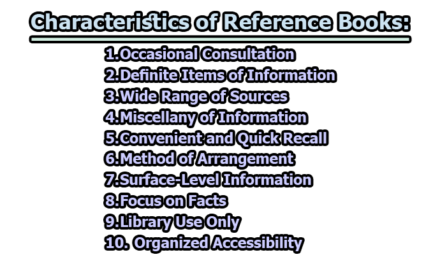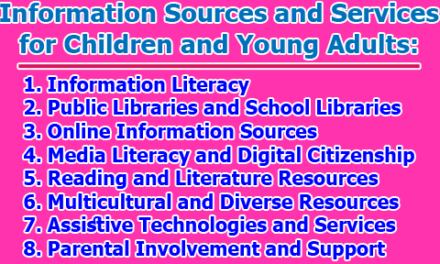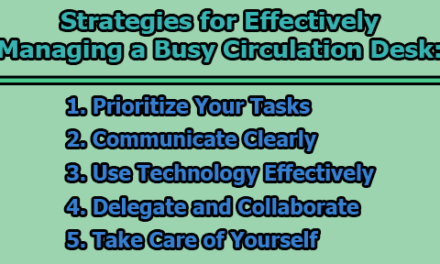Digitization of Traditional Print Media:
Digitization of traditional print media is a process that involves transforming printed content, such as newspapers, magazines, books, and other publications, into digital formats. This transformation has become increasingly important in the digital age as consumers and businesses rely more on electronic devices and the internet for accessing information. In this article, we’ll explore the key aspects of the digitization process.
1. Scanning and Digitization: Scanning involves the use of high-resolution flatbed or sheet-fed scanners to capture printed pages. For fragile or bound materials, specialized book scanners may be employed. The choice of scanner depends on the size, condition, and type of content being digitized.
2. Optical Character Recognition (OCR): OCR technology identifies individual characters within scanned images and converts them into machine-readable text. This process requires accurate recognition algorithms, as well as manual correction for any errors, particularly in the case of handwritten or complex fonts.
3. Image Processing: Images and graphics from the print media are subjected to various image processing techniques. This may involve adjusting contrast, brightness, and color balance to ensure accurate reproduction. Compression is applied to balance image quality and file size.
4. Metadata and Indexing: Metadata is structured information about the digitized content. It includes details such as title, author, publication date, copyright information, keywords, and more. Accurate indexing is essential for efficient search and retrieval.
5. File Formats and Compression: Different file formats serve different purposes. PDF is excellent for preserving document formatting, while EPUB is suited for e-books. JPEG and PNG are common formats for images. Compression techniques are employed to reduce storage requirements and optimize download times.
6. Quality Assurance: Quality assurance involves multiple stages of review. Proofreaders ensure the accuracy of text, while formatting checks guarantee that the layout and design resemble the original print media. Any discrepancies or issues are addressed before publication.
7. Accessibility and Inclusivity: Efforts are made to make digitized content accessible to diverse audiences. This includes providing options for screen readers, ensuring compatibility with assistive technologies, and adhering to accessibility standards like WCAG (Web Content Accessibility Guidelines).
8. Distribution Platforms: The choice of distribution platform depends on the target audience and content type. For newspapers and magazines, online news portals and mobile apps are common. E-books may be distributed through dedicated e-reader devices or platforms like Amazon Kindle or Apple Books.
9. Monetization Strategies: Publishers can generate revenue through various models, such as subscription-based access, pay-per-download, advertising, or a combination of these. The choice depends on the content and target audience.
10. Digital Rights Management (DRM): DRM technologies are used to protect intellectual property rights. They control access to content and can restrict actions like copying, printing, or sharing to prevent unauthorized distribution.
11. Archiving and Long-Term Preservation: Maintaining digital content over the long term requires robust archiving practices. This involves creating backup copies, regularly migrating data to newer formats to prevent obsolescence, and adhering to digital preservation standards like the OAIS (Open Archival Information System) reference model.
12. User Engagement and Interactivity: Enhancing user engagement may involve adding interactive elements like multimedia, hyperlinks, videos, and social media sharing buttons. These features can make digital content more engaging and dynamic.
13. Analytics and Feedback: Digital platforms allow publishers to collect data on user behavior, such as reading habits and content preferences. Analyzing this data can inform content strategies, help improve user experiences, and guide editorial decisions.
14. Adaptation to New Technologies: To remain competitive and relevant, publishers must adapt to emerging technologies. This includes optimizing content for different screen sizes (responsive design), exploring virtual reality (VR) or augmented reality (AR) applications, and staying current with emerging reading devices and formats.
15. Sustainability Considerations: As digital media becomes more prevalent, sustainability concerns arise. Publishers can take steps to reduce their environmental impact by using energy-efficient servers, adopting green hosting practices, and encouraging digital reading over print when appropriate.
In conclusion, the digitization of traditional print media is a multifaceted process that involves a combination of technology, content preservation, accessibility, and business strategy. When executed effectively, it allows publishers to leverage the advantages of the digital landscape while maintaining the integrity and accessibility of their content.
References:
- Bryant, J., & Miron, D. (2004). The Impact of the Internet and Digitalization on Popular Music and News. International Journal on Media Management, 6(1-2), 4-11.
- Jenkins, H. (2006). Convergence Culture: Where Old and New Media Collide. NYU Press.
- Lemieux, V. L., Bouchard, M., & Couture, C. (2000). Digital Libraries: Principles and Practices in a Global Environment. Scarecrow Press.
- Lubar, S. (2013). Curator: The Museum Journal – Museums as Reading Rooms: The Case for Digitization. Curator: The Museum Journal, 56(2), 181-186.
- Lynch, C. (2005). Where Do We Go from Here? The Next Decade for Digital Libraries. D-Lib Magazine, 11(7/8).
- Nielsen, J. (1997). How Users Read on the Web. Nielsen Norman Group. [Available online: https://www.nngroup.com/articles/how-users-read-on-the-web/
- Pease, R., & Ward, J. (2004). Digitization: A Critical Appraisal. In V. Zelinsky (Ed.), The Role of the Reader: Explorations in the Semiotics of Texts (pp. 221-235). Purdue University Press.
- Schaffner, I. F., & Berghel, H. (2003). Digital Libraries and Digitalization. Communications of the ACM, 46(5), 59-61.
- Terras, M., & Nyhan, J. (2016). Defining Digital Humanities: A Reader. Routledge.
- Theng, Y. L., Foo, S., & Goh, H. L. (2002). Digital Libraries: Issues and Challenges. Proceedings of the International Conference on Asia Digital Libraries (ICADL).
- Vaughan, L. (2013). Digital Libraries and the Challenges of Digital Humanities. Journal of Library Administration, 53(1), 53-67.
- Witten, I. H., Bainbridge, D., & Nichols, D. M. (2010). How to Build a Digital Library. Morgan Kaufmann.
- Zorich, D. M. (2008). A Survey of Digital Library Aggregation Services. Council on Library and Information Resources.

Assistant Teacher at Zinzira Pir Mohammad Pilot School and College










